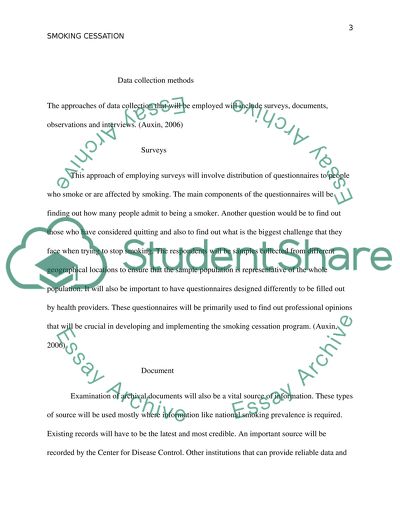Cite this document
(“Program Evaluation Paper Part III - smoking cessation Term - 1”, n.d.)
Program Evaluation Paper Part III - smoking cessation Term - 1. Retrieved from https://studentshare.org/health-sciences-medicine/1614953-program-evaluation-paper-part-iii-smoking-cessation
Program Evaluation Paper Part III - smoking cessation Term - 1. Retrieved from https://studentshare.org/health-sciences-medicine/1614953-program-evaluation-paper-part-iii-smoking-cessation
(Program Evaluation Paper Part III - Smoking Cessation Term - 1)
Program Evaluation Paper Part III - Smoking Cessation Term - 1. https://studentshare.org/health-sciences-medicine/1614953-program-evaluation-paper-part-iii-smoking-cessation.
Program Evaluation Paper Part III - Smoking Cessation Term - 1. https://studentshare.org/health-sciences-medicine/1614953-program-evaluation-paper-part-iii-smoking-cessation.
“Program Evaluation Paper Part III - Smoking Cessation Term - 1”, n.d. https://studentshare.org/health-sciences-medicine/1614953-program-evaluation-paper-part-iii-smoking-cessation.


